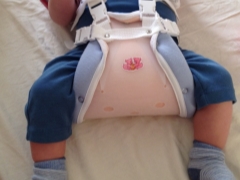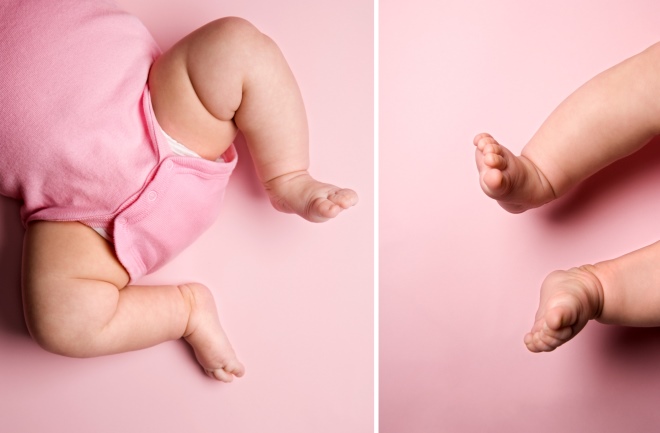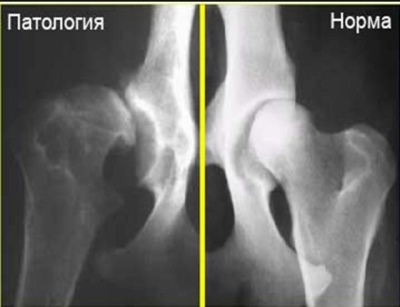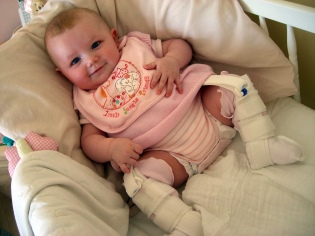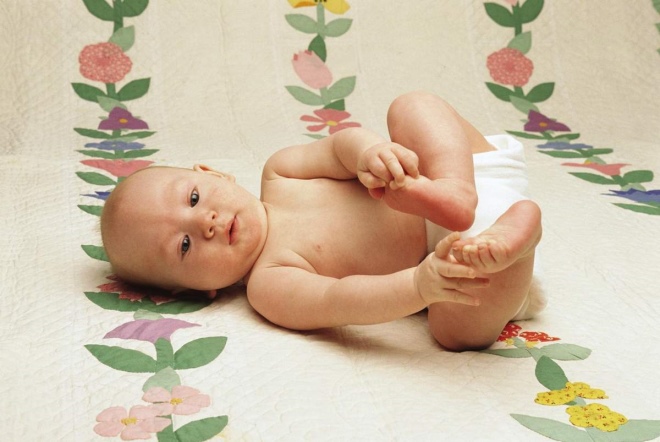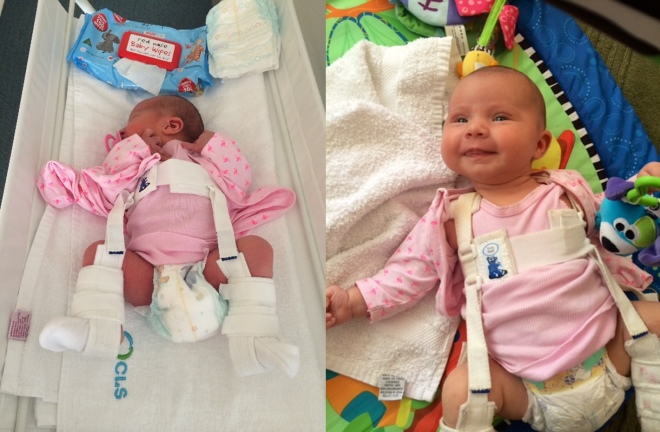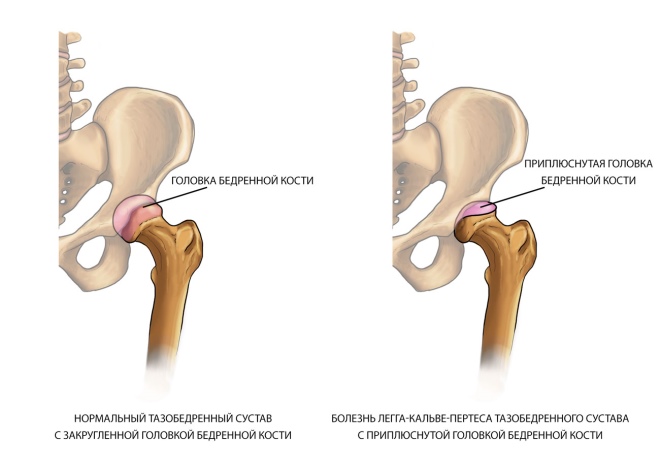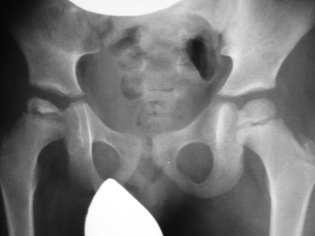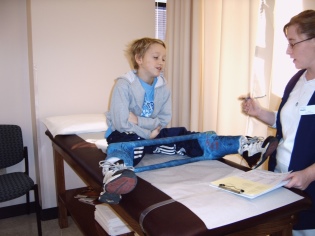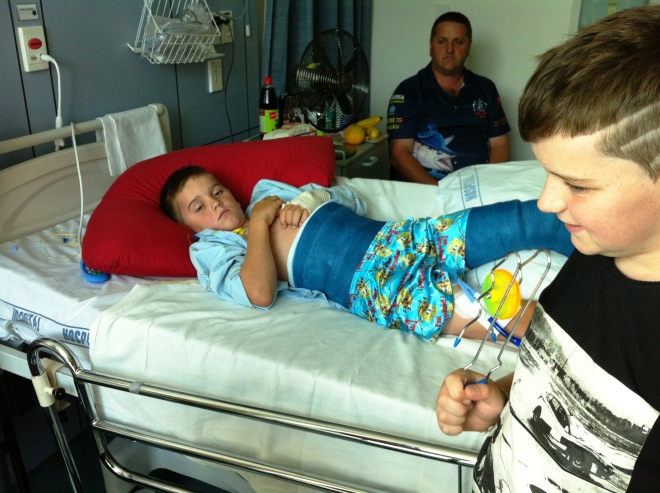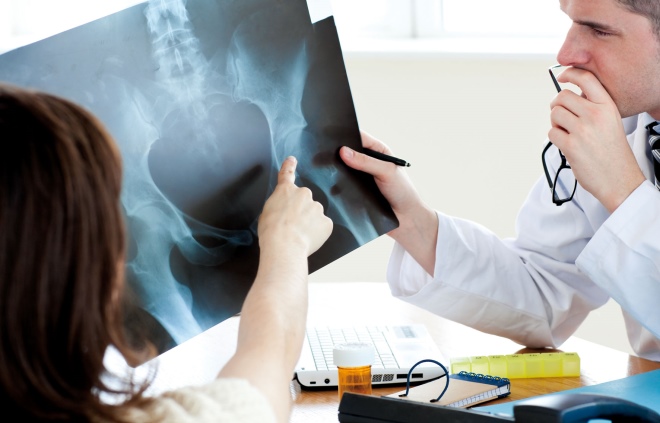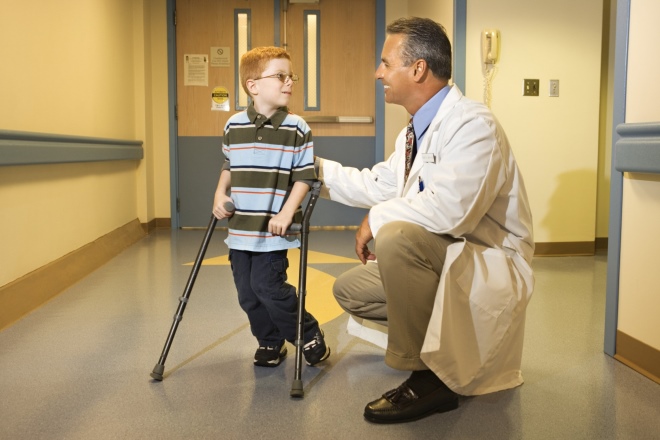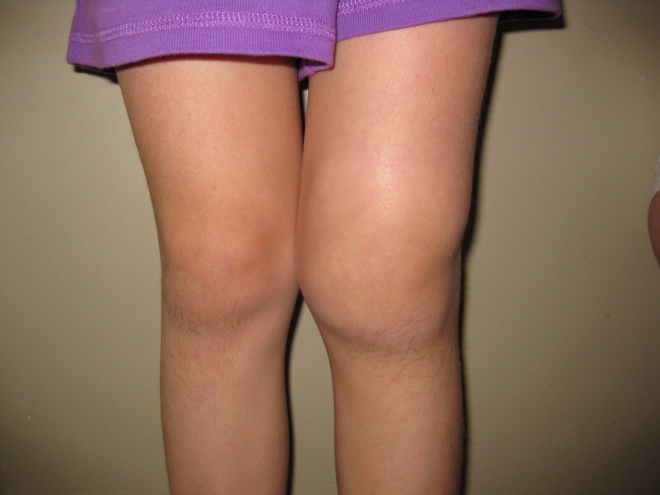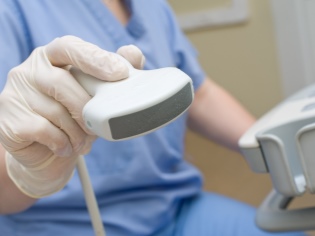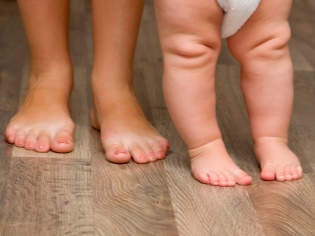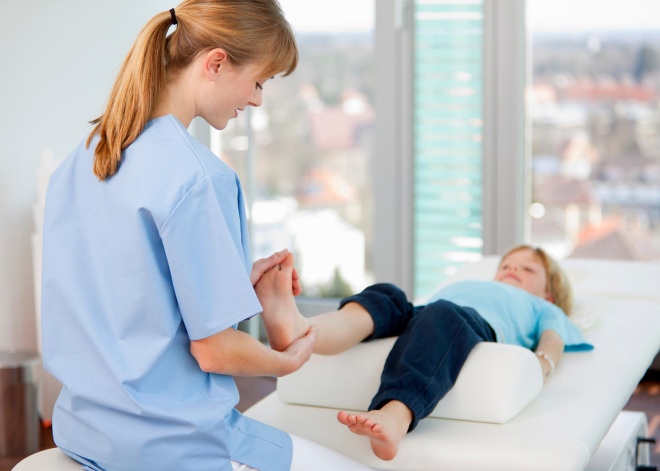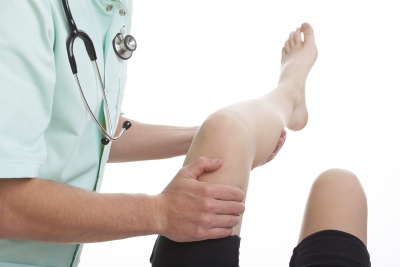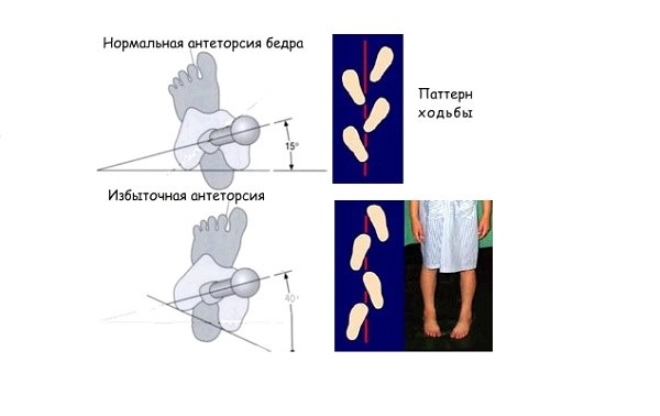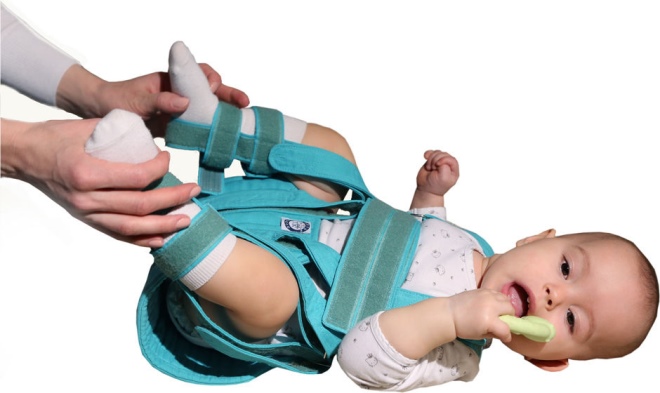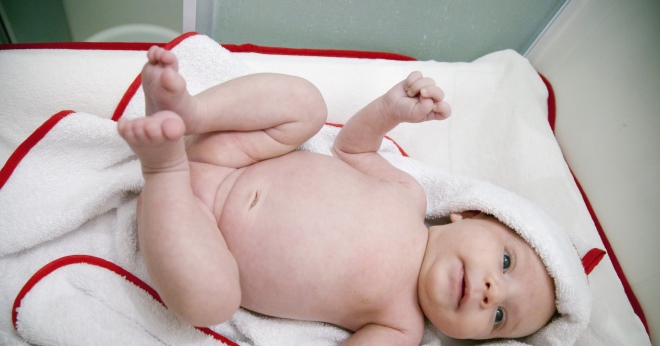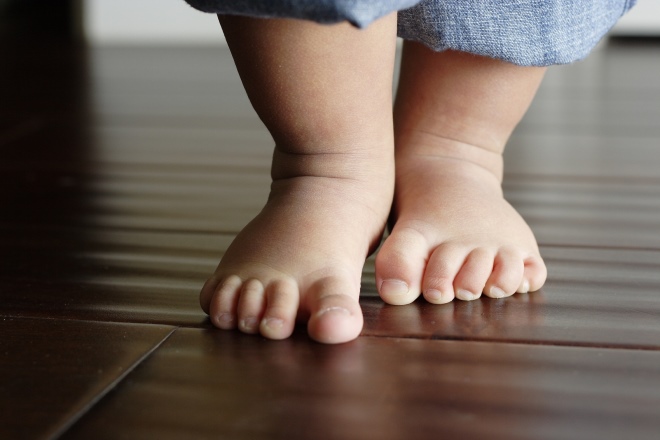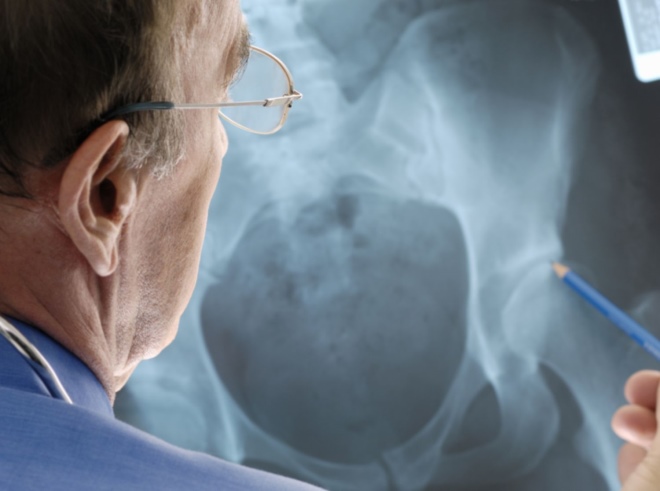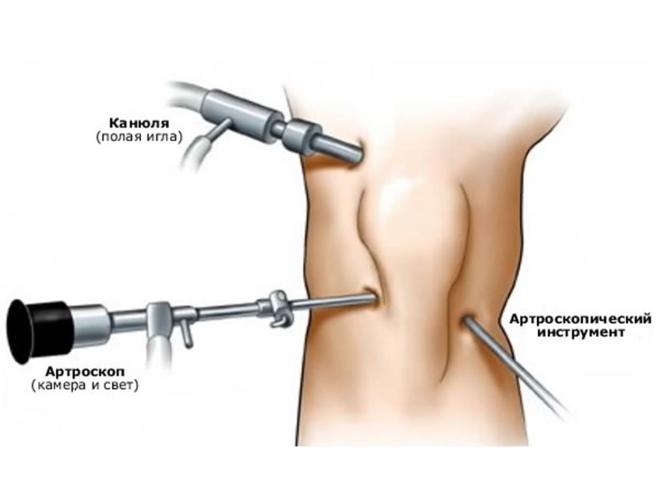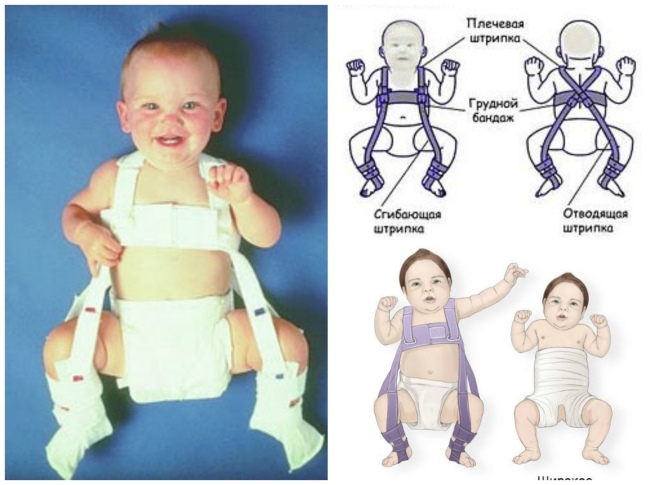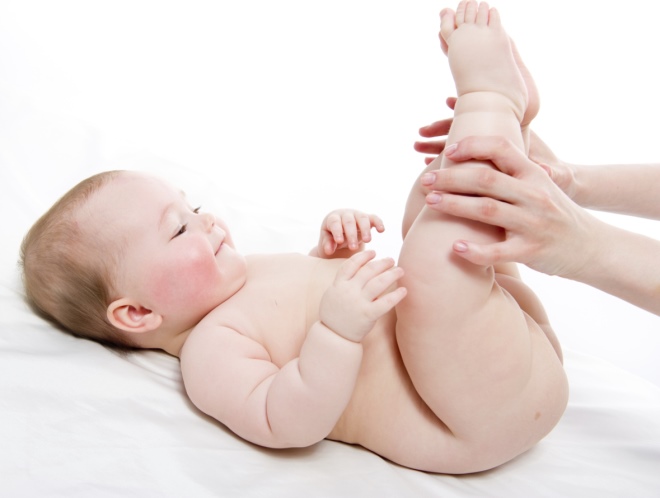Diseases of the hip joints in children
Quite often, babies have various diseases of the musculoskeletal system. Cause such diseases can many a variety of reasons. Due to their impact, the joints begin to inflame, the functions they are supposed to perform are impaired. In order to cure such diseases in time, you need to know their main symptoms.
The reasons
Currently, doctors have more than a hundred different provocative factors that can lead to diseases of the joints. They provoke severe inflammation, which often leads to disruption of the outflow of the intraarticular fluid or the appearance of areas of hyperplasia (excessive tissue growth).
All the causes that can cause joint pathology, can be divided into several groups:
Mechanical damage or injury. Often, after such actions, the integrity of the articular sac is disrupted, and a sufficiently large amount of fluid accumulates in the joint cavity.
Chronic diseases. Often, babies with endocrine diseases or with kidney problems show symptoms of joint damage.
Rheumatological diseases. Most of these diseases occur with secondary lesions of large joints. Children with rheumatological diseases are regularly observed by rheumatologists. Various painkillers and even hormones are used for the treatment.
Excess weight. With a significant excess of the normal body weight increases the load on the joints. Obese children have a high risk of developing joint defects and various diseases of the musculoskeletal system.
Consequences of infections. Some types of pathogenic microorganisms may also have a toxic effect on the joints. Often there are secondary arthropathies after staphylococcal or streptococcal infections.
Birth defects. When adverse factors affect the body of the future mother, especially in the first trimester of pregnancy, there may be a violation of the structure of the cartilage of large hip joints in a baby.
The effects of neurogenic effects. Often the joints are damaged as a result of exposure to severe stress or various diseases of the nervous system.
A huge number of various factors that provoke the disease, trigger the inflammatory process in the children's body. As a result, many biologically active substances are produced, which have a destructive and destructive effect on all the anatomical structures that form the joints. The treatment of such diseases is carried out in a complex with the obligatory determination of the cause that caused them.
The most frequent diseases
In childhood diseases of large joints are quite common. Orthopedic surgeons work with babies who have signs of impaired work of such joints. They examine the child and prescribe the full range of therapeutic and diagnostic procedures. Among the variety of pathologies there are several diseases that are most common in children.
Perthes disease
In this disease, the blood supply to the hip joints is severely impaired. As a result, the bones that are involved in the formation of a joint do not receive enough oxygen and essential nutrients. This leads to the development of necrosis and the death of bone cells.
This osteochondropathy is quite common. It is registered in about 20% of all cases of such diseases. Usually boys get sick more often. The peak incidence occurs at school age. In girls, the disease can proceed according to a worse scenario and requires intensive treatment. The disease can be both unilateral and affect the joints on both sides.
Scientists have not yet managed to establish the only exact reason. Most researchers agree that the disease begins to develop in utero. In infants born, the lumbar spine is underdeveloped, which can lead to an increased load on the hip joints. The disease is manifested by the development of pain when walking. It can be of different intensity. In severe conditions, walking even at a slow pace brings the child great pain. Toddlers start to limp badly, their balance is disturbed, and their gait suffers. In such children, pathological fractures of the femoral head are often found.
To establish Perthes disease conduct additional research. Usually assigned to conduct radiography in several projections. The treatment is carried out at the orthopedic surgeon. Usually it is very long, complex. Therapeutic methods include the appointment of angioprotective and neurogenic drugs that improve the blood supply and innervation of all elements forming the joint. The treatment is carried out for several years. Babies are advised to sleep in special functional beds. Operations are performed only at an older age. Usually, surgery is resorted to only with the ineffectiveness of conservative treatment. Orthopedic operations are assigned to babies with pathological fractures in order to restore the integrity of bone structures.
Babies who are diagnosed with this require constant monitoring by orthopedic surgeons. Usually, such children are recommended to undergo annual spa treatment. Various physiotherapy techniques, toThey are used in the sanatorium, help to significantly reduce pain and improve the supporting function of large hip joints.
Synovites
These diseases occupy a leading position in the structure of the child morbidity of the musculoskeletal system. With synovitis, there is a violation of the outflow of synovial fluid in the joint cavity. Normally, it is necessary for normal lubrication of the articular surfaces to ensure excellent sliding and to perform the entire spectrum of active and passive movements performed by the hip joints.
With the development of the inflammatory process in the cavity of the joint synovial fluid begins to accumulate. This leads to the appearance of adverse symptoms of the disease. Synovitis is usually poorly tolerated and requires a quick treatment.
In case of late therapy, the baby’s gait may be disturbed. Correction of the effects of the disease will take quite a long time.
There are several dozen reasons that can cause synovitis. Most often they occur as a consequence of the infection, as a result of injury or mechanical stress on the joint. The provoking factor causes damage to the intra-articular elements and contributes to the onset of the disease. Periodic exacerbations and subsidence of the process leads to transient synovitis.
The disease is usually manifested by an increase and swelling of the joint on the injured side. This feature is easily verified by comparing both joints. In a one-way process, the difference is obvious. The joint is often swollen, swollen, the skin above it may be red and hot to the touch. When trying to make various movements, the baby experiences discomfort or even pain. Children who have developed synovitis try to spare the damaged leg somewhat.They do not step on it, relying on a healthy leg.
A change in the gait of a child can be noticed even from the side. He begins to limp a little, leaning only one leg when walking. With severe pain, the kids try to sit more, they play less active games.
To identify the disease will help the orthopedic surgeon. Usually, an ultrasound scan is prescribed to clarify the disease. Using this method, you can accurately determine the presence and amount of synovial fluid inside the joint cavity. In some cases, resort to the appointment of X-rays. However, this is not all babies. For children younger than a year, this study is contraindicated.
Treatment of synovitis is complex. Prescribed medications that reduce pain and relieve inflammation. This is usually nonsteroidal anti-inflammatory drugs. In combination with them, doctors prescribe vitamins and chondroprotectors. Such means help prevent the development of adverse complications of the disease.
In severe cases of disease or ineffectiveness of conservative therapy, a surgical method is used. It allows you to eliminate the excess accumulated fluid from the joint. After such a procedure, the baby's condition improves markedly. The amount of movement in the hip joints comes to normal. The child becomes more active and returns to the usual way of life.
Anthettoria
With this pathology, the normal angles of the hip joint is disturbed. There is a distortion of the geometry in the hip joint, as a result of which the femur protrudes slightly forward. In most cases, this pathology is bilateral. Lesions on the one hand is much less common.
The babies suffer from antetoria somewhat more often. Usually in countries where traditional tight swaddling is adopted, more babies with similar diseases are registered. This is due to excessive bringing the legs to the body. The hip joints are functionally disadvantaged. All this contributes to anthetortsii.
Orthopedic physicians use various tests and examinations to diagnose the disease to diagnose this disease. Usually, babies who have an antetorsia set will limp a little or have a gait. In some cases, the child has a slight displacement of the knee cups inside. Such a curvature occurs as a result of the displacement of the correct angles in the hip joint. Most often, this disease passes on its own.
Already at school age, it is difficult for a child to identify any manifestations of antatortion. With more pronounced violations requires the use of various technical products to minimize the manifestations of the disease.
Usually such rehabilitation means to children are prescribed by an orthopedic surgeon after all additional examinations.
Symptoms
Diseases of the joints can cause various manifestations, which often bring discomfort to babies. The severity of symptoms may be different. Usually in severe cases of the disease, they appear much brighter and even violate the child’s usual lifestyle.
Among the most characteristic manifestations:
Crunch during movements. In any attempt to perform an action in the hip joints, you can hear the characteristic crispy sounds. They occur in violation of the slip between all the anatomical structures that form the joint.
Asymmetry of skin folds. You can determine this symptom at home. To do this, assess the level at which the skin folds are located near the large joints. This symptom is checked when the baby is lying. Different levels of skin folds may indicate the presence of pathology in the joints.
Gait disturbance. This can manifest itself in some "overwhelming" when walking. Usually this symptom occurs in unilateral lesions.Toddlers can limp too much or lean too heavily on a healthy foot. In the presence of valgus deformity, the gait disturbance becomes more pronounced.
Pain syndrome. Walking brings pain to the child. In such cases, kids usually try to spare the leg, so as not to increase the pain syndrome. This leads to even greater disturbance in the gait.
Violation of the volume of movements performed. The kid is not able to perform active actions. Even when attempting to retract and dilute the legs, the child may experience increased pain in the area of the affected joint.
Diagnostics
In order to establish the correct diagnosis and accurately determine which disease has led to the development of adverse symptoms, doctors resort to the appointment of various examinations. Not all methods can be applied in children's practice. Such studies should be as safe for babies as possible, and not cause adverse reactions in the child.
Most often in orthopedic children's practice, ultrasound is prescribed. This method allows you to accurately describe the presence of all structural defects that have arisen in the area of the joints. Ultrasound helps to detect the presence of fluid in the articular bag, as well as describe the timing of ossification of the nuclei in the hip joints. The method is informative and is widely used to diagnose various orthopedic diseases in babies of different ages.
Another, not less informative method is radiography. It allows you to identify various defects of bone structures that form the hip joints. With this method, you can identify most orthopedic diseases.
A big disadvantage of x-rays is high exposure. This can lead to adverse effects, so this method is used in children older than a year.
If there is a large amount of synovial fluid, doctors may resort to performing arthroscopy. It is carried out according to indications. During this procedure, the doctor will remove all excess fluid from the joint cavity. With a properly conducted research technique, the risk of developing repeated effusions is minimal.
In complex clinical cases that require more accurate diagnosis, computer and magnetic resonance therapy is resorted to. These research methods help establish the correct diagnosis. Surveys do not bring unpleasant feelings to the baby, they are absolutely painless. Significant minus - the high cost.
Treatment
For the treatment of diseases of the hip joints, there is a whole range of different tools. Only a complex of therapeutic procedures can cure the disease and eliminate all the adverse symptoms that have arisen as a result of this process.
For the treatment of the inflammatory process is used:
- Prescription drugs. Nonsteroidal anti-inflammatory drugs are prescribed for pain relief. These include drugs based on nimesulide and paracetamol. They help not only to eliminate soreness during movements, but also reduce inflammation that has arisen in the joint. When involved in the process of cartilage - will require the appointment of chondroprotectors. Typically, these drugs are used for a long time.
- Use of various technical devices. Most often resort to special tires or struts. Modern abductive orthoses allow you to maintain the optimal position of the hip joints in a somewhat diluted state. Such devices effectively cope with all the adverse symptoms and manifestations of joint pathologies.
- Exercise and massage. Assigned to all children with joint pathologies. Exercises can be done both in the clinic, and at home.
- Surgery. They are carried out in babies only in those cases when a positive result is not achieved after all the therapy performed.Before performing the operation, a whole range of different studies is carried out, which allows to accurately determine the cause of the disease.
- Rehabilitation. Babies who are diagnosed are recommended annual treatment in sanatoriums and health centers. Physiotherapeutic methods have a pronounced healing effect on all joints and have a positive effect on the course of the disease.
Diseases of large joints can occur in babies at different ages. Such diseases require timely diagnosis and prescription of the treatment complex. High-quality therapy will help to avoid the adverse effects of the disease and maintain an active lifestyle.
See also the video lesson on preventive gymnastics for hip joints in children:
